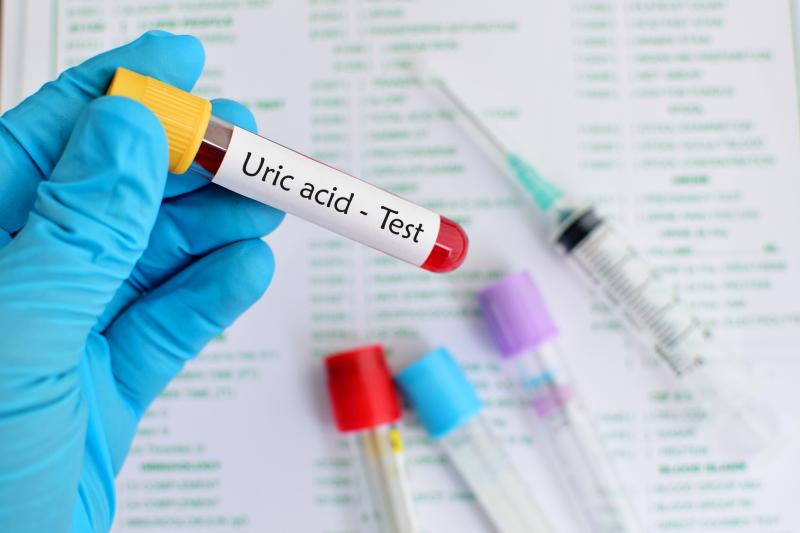
Serum uric acid concentrations appear to increase the risk of stroke and coronary heart disease mortality, reports a recent Japan study.
The study included 2,633 community-dwelling adults (aged ≥40 years) in whom serum uric acid was measured after an overnight fast using enzymatic methods. Participants were then grouped into quintiles of concentration. The primary study outcome was death from any cardiovascular disease (CVD), such as stroke and coronary heart disease (CHD).
Over 19 years of follow-up, 235 deaths from CVD were reported, including 84 from stroke and 53 from CHD. Compared to the middle quintile of uric acid concentration, age- and sex-adjusted mortality was elevated in the lowest and top quintiles, suggesting a U-shaped interaction. This pattern was reflected in stroke mortality.
CHD mortality, on the other hand, increased with serum uric acid, although the trend failed to reach statistical significance.
Multivariable analysis supported the U-shaped trend observation. Total CVD mortality was highest in the first (hazard ratio [HR], 1.50, 95 percent confidence interval [CI], 0.94–2.39) and fifth (HR, 1.89, 95 percent CI, 1.23–2.91) quintiles, but only the topmost category achieved significance.
The same was true for stroke deaths (Q1: HR, 3.26, 95 percent CI, 1.29–825; Q5: HR, 3.77, 95 percent CI, 1.54–9.24) and CHD mortality (Q1: HR, 1.27, 95 percent CI, 0.46–3.50; Q5: HR, 2.53, 95 percent CI, 1.03–6.18). In all analyses, the third quintile was used as reference.
“Further epidemiological and experimental investigations will be needed to clarify the role of uric acid in the development of CVD and to establish a strategy for the risk-stratification and prevention of CVD in clinical practice,” said researchers.